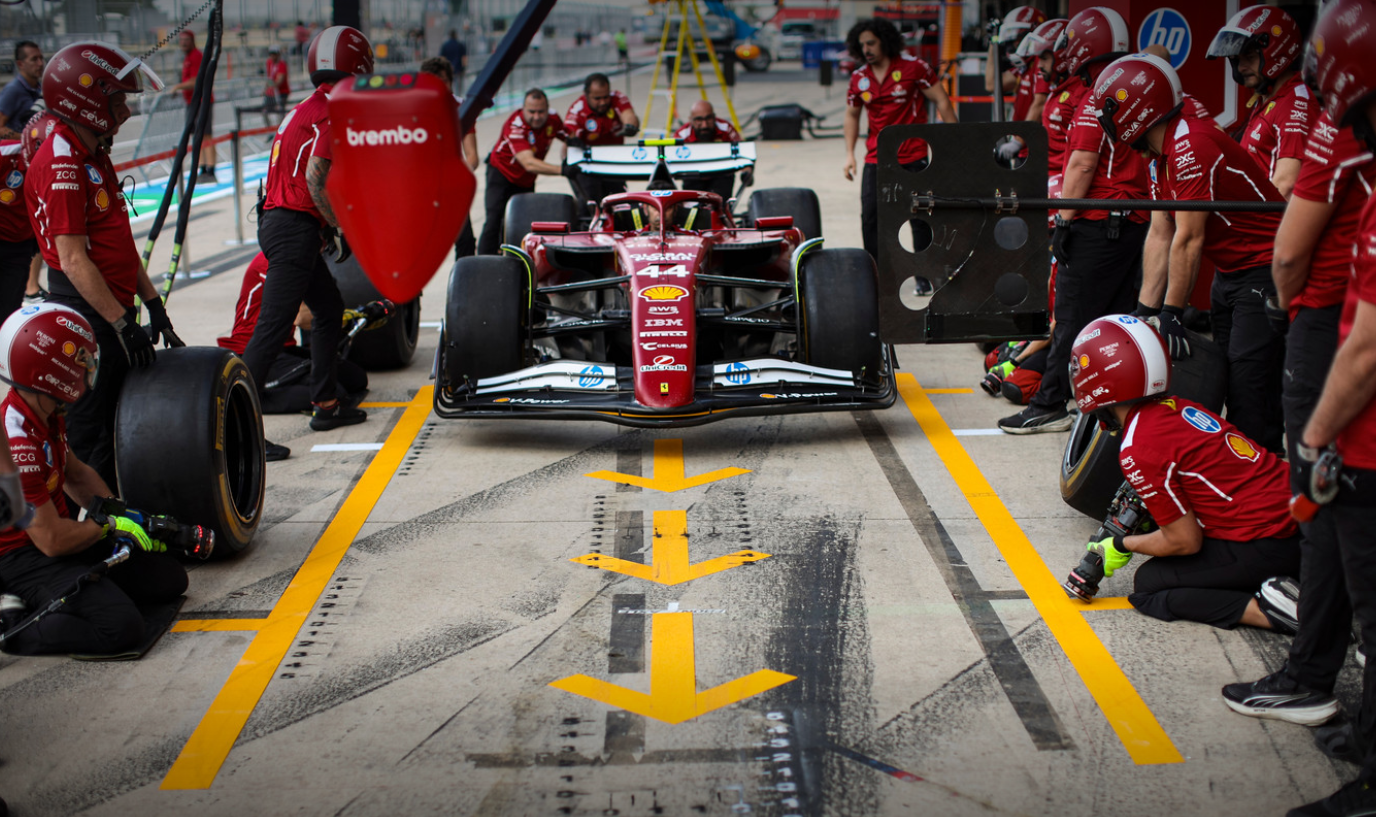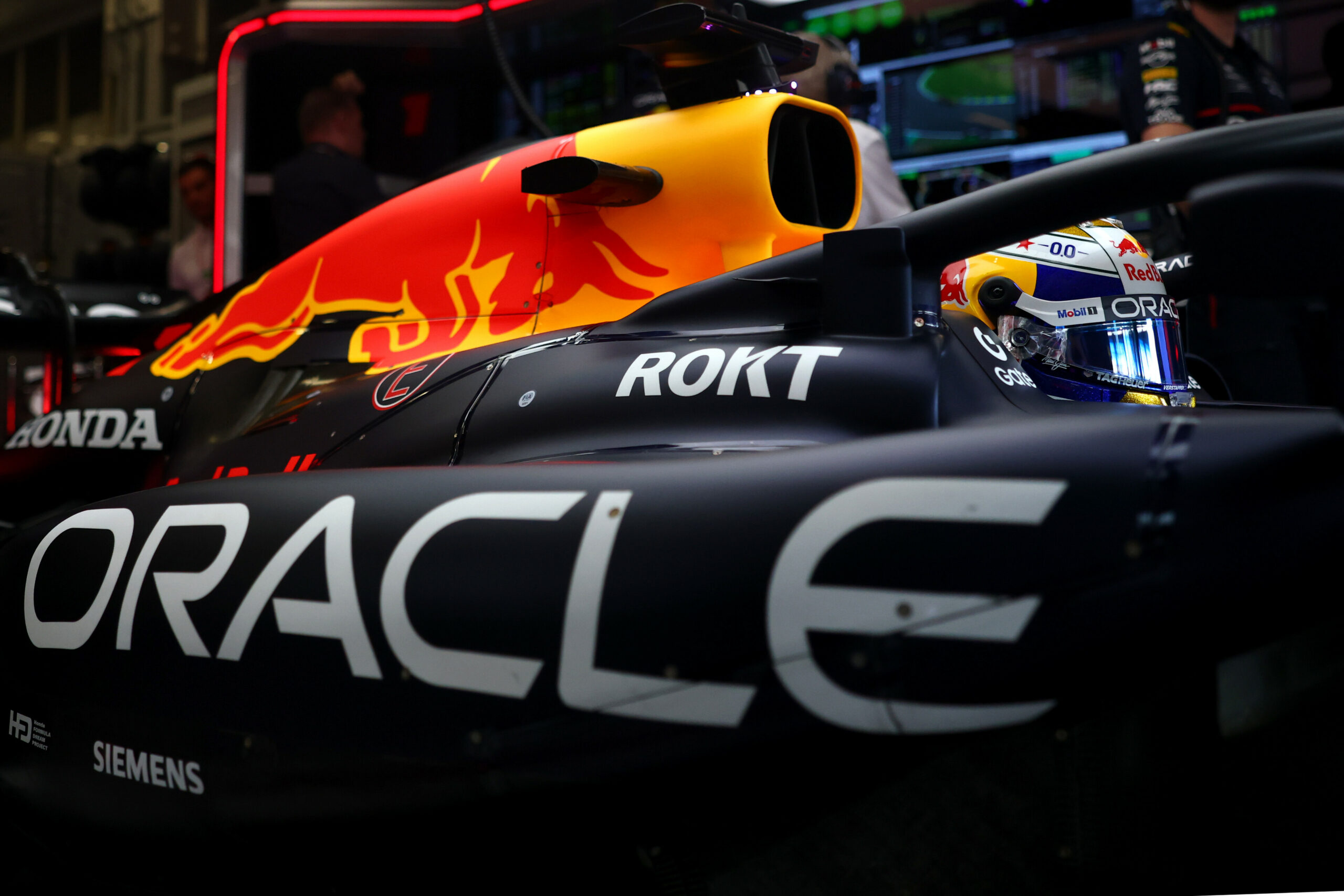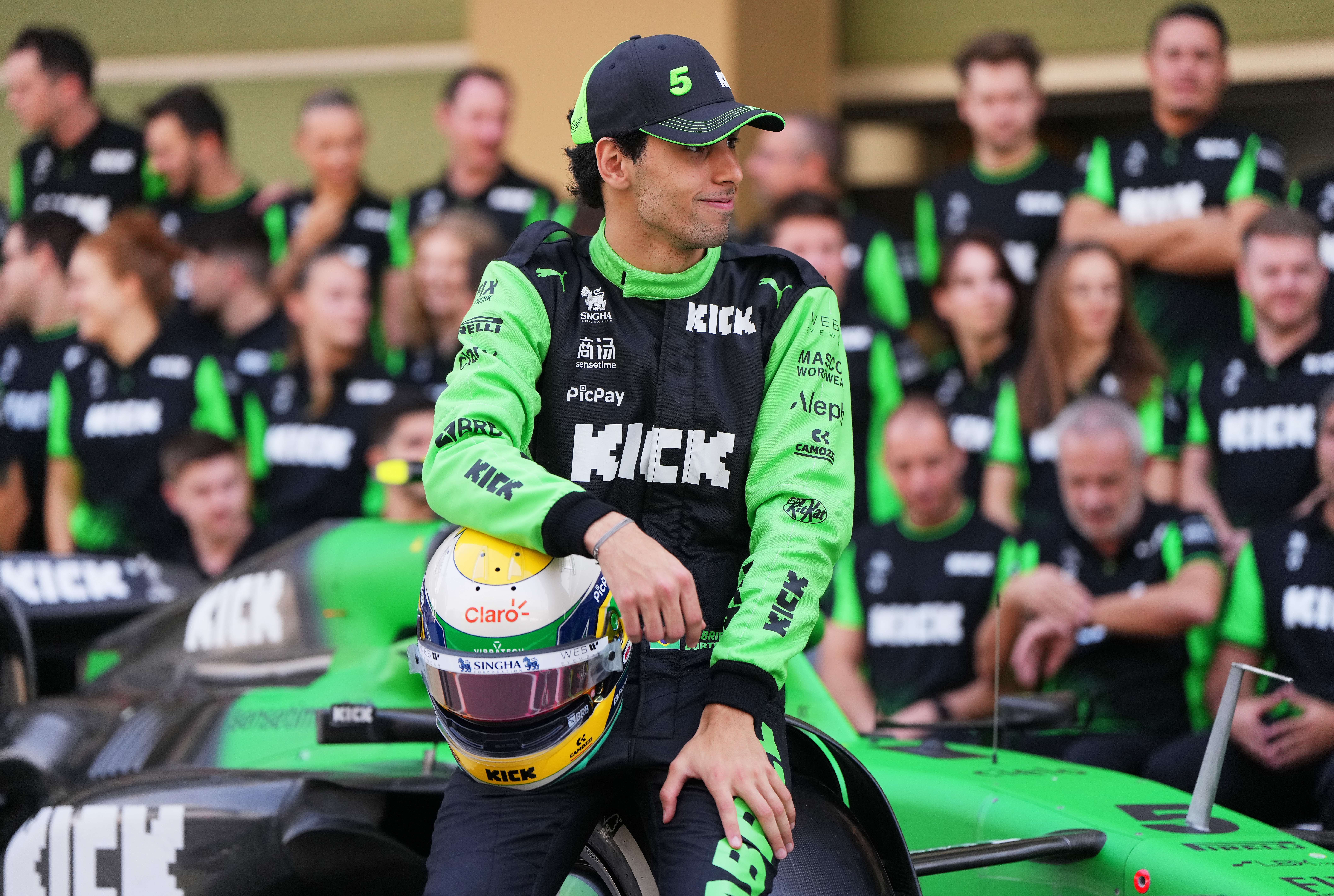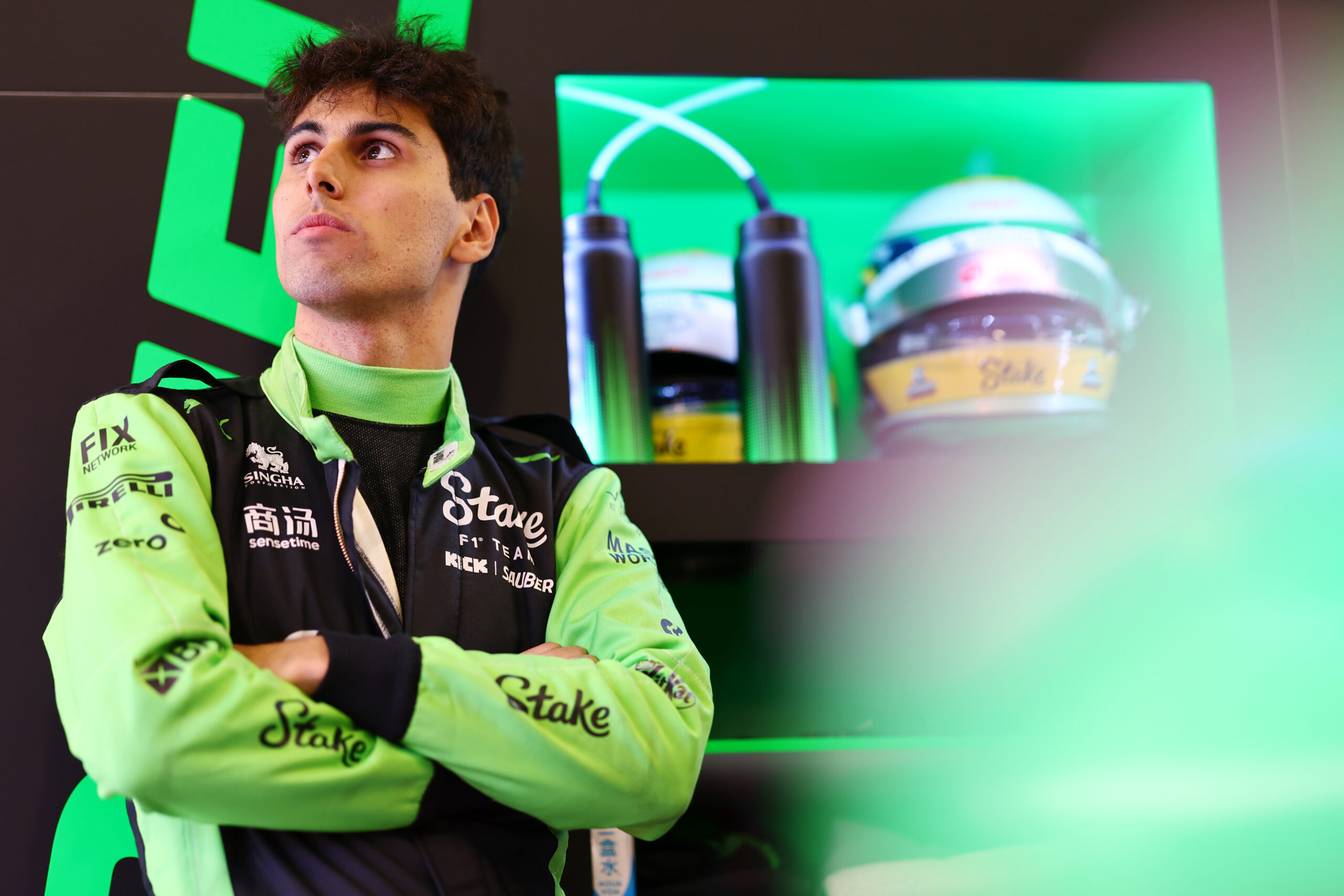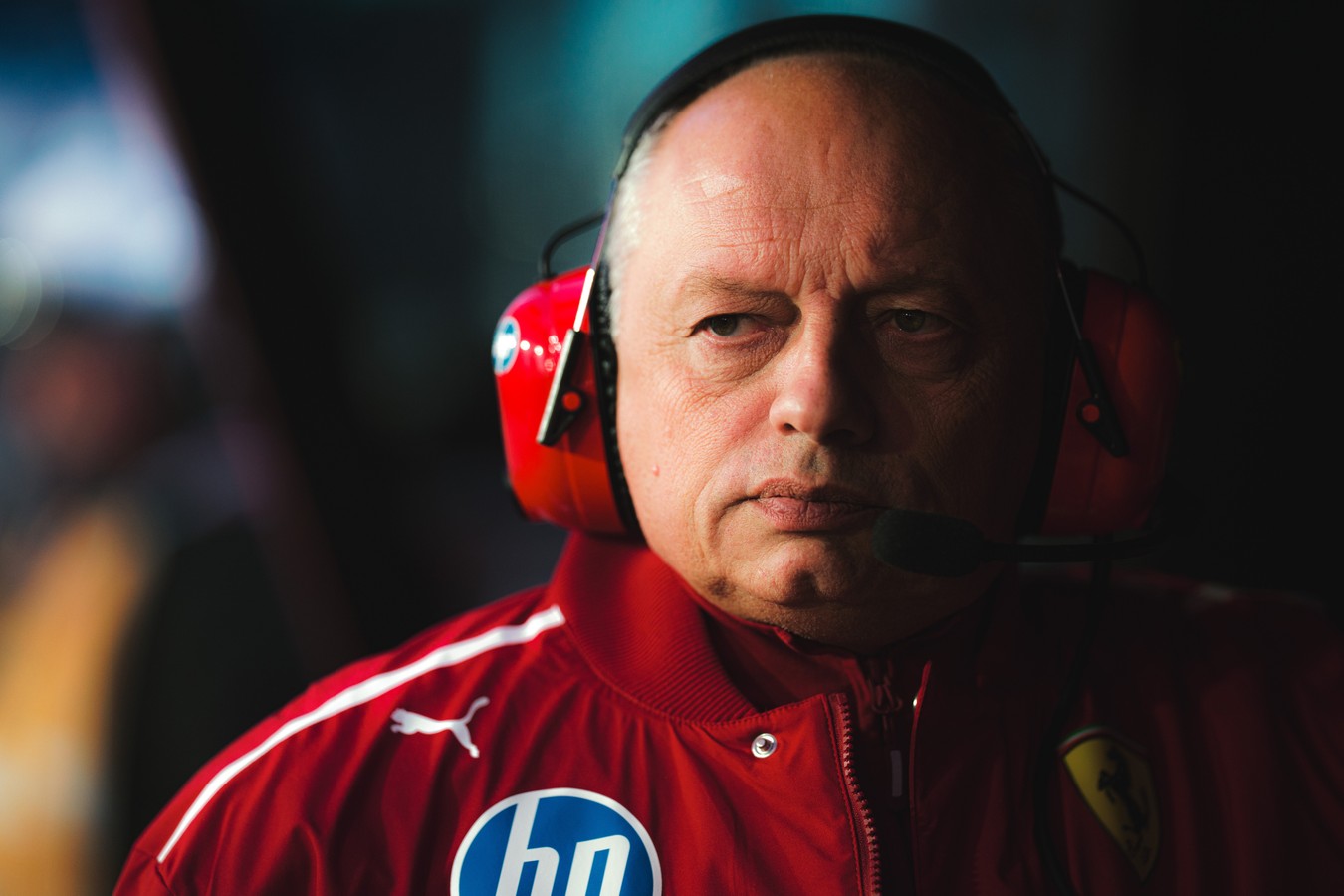F1 in 2026 is bound to create a new face to the sport. With the extra team and two new brand cars running alongside as Cadillac join, what could be added to make things even harder? Pirelli got the answer, as they are bringing back the possibility of a two-mandatory pit-stop rule for next year.
With all these new horizons open to F1, this new possible regulation could mean more entertainment. Yet, is this really what the sport needs when the focus is more on strategy than just a pit stop affair?
Quick answer: No
On paper, more pit stops should mean more strategy, more overtakes, and more unpredictability. However, history and common sense suggest that forcing teams into a fixed strategy would strip Formula 1 of one of its most essential qualities: freedom.
Strategy is made on track, not forced
Tyre management is not a flaw; it is a feature. The ability to stretch a string, gamble on a late safety car or push aggressively on fresher rubber is precisely what creates the ambience of F1. Many historic events have been marked by the unpredictability of races. Memorable races often happen because teams can take risks… not because they are forced to. Therefore, a pit stop at just the right moment can be decisive.
This new two-stop rule would eliminate the fundamental moment where the brain and heart connect. When fans are catching their breath, they risk another stop and traffic or holding track position and defending.
Data is not showing support
Pirelli’s own simulations show that when constraints increase, teams converge on the same strategy. Engineers exist to optimise, and if everyone must stop twice, they will, in nearly identical fashion. Less variety means less intrigue, especially during a pit stop.
We’ve seen this before: Monaco, 2025. The two-stop mandate became predictable in the end. The experiment failed, since once the teams adapted, there was no challenge.
Everyone want battles on the track, and that is exactly what the 2026 regulations are designed to enhance. Cleaner air, more active aerodynamics, better following… these are the real ingredients of wheel-to-wheel racing. It’s not just planning around a pit stop.
Where’s the real problem?
The reason one-stoppers dominate isn’t because strategy is easier. It’s because overtaking is still too difficult, and tyre options are too forgiving. If tyres allowed more difference in pace between compounds, without degrading into hard driveability, then teams would choose aggressive strategies on their own.
Artificial rules do not create action; competition does.
If Formula 1 forces two pit stops into every storyline, the sport risks losing what makes its narrative compelling. The unexpected, the bold, and the brilliant improvisation happen when teams have the freedom to choose.
F1 doesn’t need pit stop rules to create action. It needs freedom, risk, and cars that allow drivers to push each other to the limit. The 2026 rules promise exactly that, so why threaten progress with artificial constraints?
More battles, speed. More Formula 1.
That’s the show fans came for.

